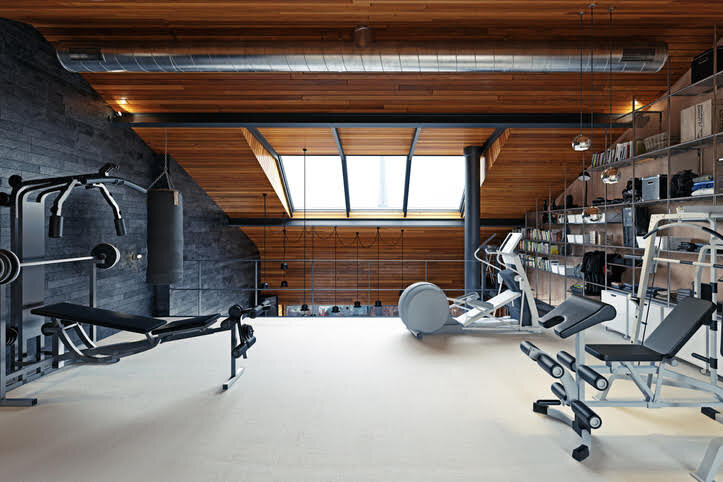When it comes to looking after your health and wellness, it can be hard to find the time or the money to invest in yourself. That is why following a few simple and budget-friendly head-to-toe health strategies can have you feeling and looking great.
Prioritize Self-Care
Everyone talks about eating healthy and sleeping more, but did you know that prioritizing self-care will keep you healthy from head to toe? Self-care doesn’t have to be expensive, and you can treat yourself to a bubble bath at home, enjoy a soothing cup of tea, or curl up with the book you bought on sale. Not only will taking some time for yourself make you relaxed and feel amazing, but you will also experience a huge boost in self esteem and maintain a positive mindset as you work towards your other health and wellness goals.
Take Care of Your Teeth
You may think that brushing and flossing your teeth is just another part of your daily routine, but it is actually very important for your overall wellness. Oral health has been connected to problems such as depression and sleep apnea, both of which can have a negative effect on your sleep and can easily derail every aspect of your life.
So, double down on a dental health routine that includes brushing and flossing multiple times a day. If you have crooked teeth, however, you may discover that keeping your teeth clean and healthy is often a challenge. If this is the case, it may be time to look into an at-home aligner such as SmileClubDirect or byte, both of which allow you to straighten your teeth without visits to a dentist. While SmileClubDirect can give you results in about six months, byte’s aligners can realign teeth in around three months — and byte clocks in about $100 cheaper. Just keep in mind that if your teeth are severely misaligned, you will need to consult an orthodontist or a dentist for treatment.
Cleansing Your Body
When it comes to head-to-toe health, having a great skincare routine will give you healthy, glowing skin, as well as all the confidence in the world. The most important part of good skincare is choosing safe and healthy skincare products.
Avoid ingredients that will harm your health such as formaldehyde or citrus-based oils. Head-to-toe health starts in the shower, so use a safe, healthy shampoo that removes dandruff, and be sure to massage it into your scalp in the shower. For great skincare, and a budget-friendly water bill, avoid showering with very hot water, as this will strip the oils from your body and hair, and make your skin feel dry.
If you have eczema, it is especially important to use mild soaps and to moisturize immediately after bathing to ward off feeling itchy.
Facial Routine
When it comes to cleaning your face, you can choose from an array of affordable options. Find the best cleanser for your skin type to ensure you don’t dry out your skin. You can also try a DIY facial mask with ingredients you already have in the kitchen! Also, don’t forget to moisturize with a healthy moisturizer after washing, and enjoy healthy and happy skin.
Add a Supplement
Over time, our body begins to lose collagen, which can affect our hair and nails, as well as skin hydration and elasticity. To counteract these effects and improve skin health, many people have found significant benefits in collagen supplements, which have been shown to encourage the body to produce its own collagen. If you opt for a supplement, know that you won’t see overnight results. Wondering how long it takes for collagen supplements to work? While the answer varies by individual, know that through patience and regular use of a supplement, you will reap the benefits soon enough.
Enjoy Fragrances
Pamper yourself with a new fragrance, and smell as good as you feel. Finding a great body mist or perfume will give you a boost of confidence, and you will love the way you smell. When searching for fragrances, be sure to avoid products with harsh chemicals, and purchase safe products that will smell and feel good. You can also try a homemade perfume using essential oils, and smell great without spending a fortune on a new fragrance.
Take the Time for a Massage
Getting a massage might seem expensive, but you can find great bargains on deal sites that make pampering yourself more affordable. Give your body an amazing spa day that will boost your health, and take away all your stress. More budget-friendly options include getting a foot massage to feel relaxed and healthy or massaging at home to relieve tight muscles.
Be your best self with head-to-toe health that is affordable, and can easily fit into your daily life. Skincare should be a priority, so make sure you develop a routine that works for you. Find safe, healthy skincare products your body will love, find ways to stay moisturized to ward off dryness, and DIY home remedies to give your skin the moisture it needs. Let your skin glow, and reach your health and wellness goals.
Jennifer McGregor is a pre-med student who knows how difficult it can be to sift through the mountains of health-related information on the web. Together with a friend, she co-created Public Health Library to write about health and wellness topics and to create a forum for sharing reputable health and medical information.














































